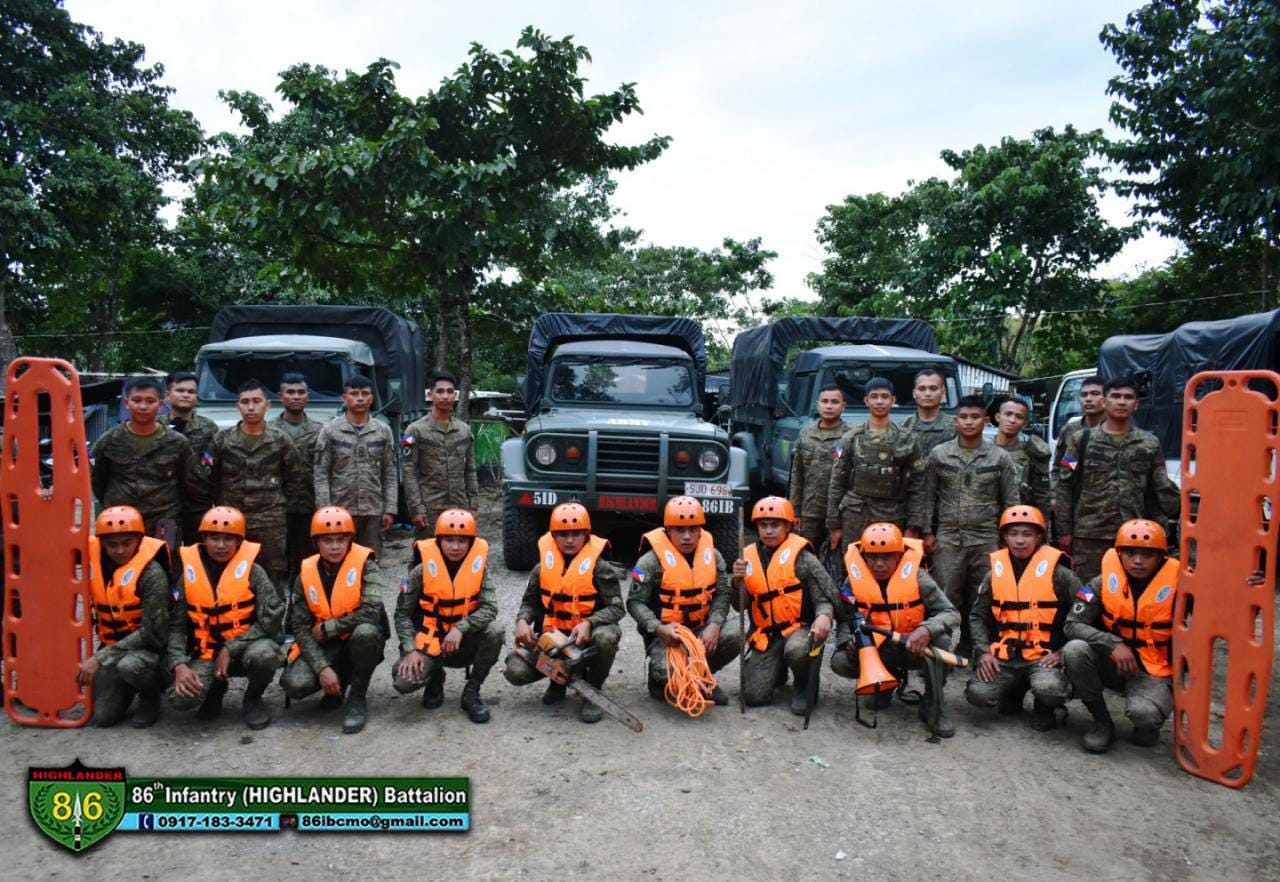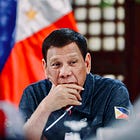This piece is freely available to read. Become a paid subscriber today and help keep Mencari News financially afloat so that we can continue to pay our writers for their insight and expertise.
The Philippines will test the Armed Forces’ combat readiness in multi-domain drills in the disputed waters in the West Philippine Sea.
Combined land, air, and naval forces will descend on Pagasa Island, the country’s lonely outposts in the contested South China Sea, in a rare display of combat maneuvers, simulating the defense of the feature.
Not far from the island, another combined Filipino forces will retake an oil-and-gas rig in the western Palawan area, an energy-rich region that supplies about 20 percent of the main Luzon island power grid.
Armed Forces chief of staff, General Romeo Brawner, has told journalists the military is recalibrating its defense plan to keep abreast with recent developments in modern warfare.
Truth matters. Quality journalism costs.
Your subscription to Mencari (Australia) directly funds the investigative reporting our democracy needs. For less than a coffee per week, you enable our journalists to uncover stories that powerful interests would rather keep hidden. There is no corporate influence involved. No compromises. Just honest journalism when we need it most.
In the past, the Armed Forces were only preparing to fight on land, sea, and air but recent global conflicts showed there could be a totally different battlefield in other domains, like cyberspace, information, and space.
As the Armed Forces slowly pivot from an internal to an external defense, the military has been undergoing a rapid reorientation and reeducation, as well as retraining, retooling, and changing soldiers’ mindset.
For instance, the Armed Forces has activated a new “strategic” command to speed up decision-making in both military intelligence and operations.
A two-star Air Force general, who has both expertise and experience in global security and geopolitics, was placed in charge of the command, replacing the old battle staff concept at the General Headquarters.
The strategic command’s first test is how to mobilize the Army, the Navy, and the Air Force and to better communicate and fight as one force during this year’s “DAGIT-PA” unilateral exercises.
DAGIT-PA stands for “Dagat, Langit, Lupa” (Land, Air, and Sea), an annual drill to enhance interoperability among the three major services.
The Philippine Coast Guard and the Philippine National Police (PNP) also take part in the 10-day drills in the country’s westernmost territory.
The Armed Forces hope to learn more in joint force operations from the “DAGIT-PA” exercises.
The unilateral joint force exercise will give the military what it needs to build in terms of capacity and capability to fight future wars.
Brawner said the objective of the military’s new strategic command is to prepare the Armed Forces to defend the country in case a conflict erupts in the region.
The intense economic and military rivalry between the two superpowers – the United States and China – has heightened tensions in the region.
China’s determination to reunify with what it called a renegade province, Taiwan, added apprehension of a potential hot war.
President Ferdinand Marcos Jr said the country could be dragged into the conflict because of two things - proximity to Taiwan and an existing alliance with the United States.
The Philippines is inferior to both the US and China, and it is light-years away from even matching the capability of the two nuclear-weapon states.
But it is also important to prepare, not to fight, and join the fray, but to defend the country’s sovereignty and territorial integrity.
To support the United States, under the 1951 Mutual Defense Treaty, the Philippines will have to reconfigure the local Armed Forces along the lines of the US military organization.
Washington has long developed Joint Forces to fight and win multi-front and multi-domain wars in Europe, the Middle East, and in Indo-Pacific region.
The Philippines is learning from the US in its own little way to develop similar military architecture, like structure, capability, and capacity.
But it needs to do more in terms of upgrading its skills, equipment, and supply chain to catch uo with modern Armed Forces in the region,
Brawner has also told journalists that the military has to prepare to fight conflicts without help from its ally, the United States, and other Western partners, like Australia, Canada, Japan, and New Zealand.
In the first month of a conflict, the Philippines has to rely on its own armed forces to defend itself. Thus, the Philippines must stockpile munitions, ordnances, and other military supplies and logistics.
There’s also a need to improve and harden its critical infrastructure, like roads and bridges, ports, and airfields, power and communications networks,
Security experts predict a conflict between the US and China could break out in the next 2 to 3 years.
The Philippines would not be ready for a conflict in the near future and could not fully support the United States in fulfilling its obligations under the Mutual Defense Treaty (MDT).
The Philippine military has to do more training and exercises unilaterally and with like-minded countries to upgrade skills and capabilities. It also need funding to match improving capabilities.The Philppines needs more time, training, and resources to achieve the desired combat readiness.
The opinions expressed are those of the author and do not necessarily represent the views of this publication.
Got a News Tip?
Contact our editor via Proton Mail encrypted, X Direct Message, LinkedIn, or email. You can securely message him on Signal by using his username, Miko Santos.
Sustaining Mencari Requires Your Support
Independent journalism costs money. Help us continue delivering in-depth investigations and unfiltered commentary on the world's real stories. Your financial contribution enables thorough investigative work and thoughtful analysis, all supported by a dedicated community committed to accuracy and transparency.
Subscribe today to unlock our full archive of investigative reporting and fearless analysis. Subscribing to independent media outlets represents more than just information consumption—it embodies a commitment to factual reporting.
Not ready to be paid subscribe, but appreciate the newsletter ? Grab us a beer or snag the exclusive ad spot at the top of next week's newsletter.







